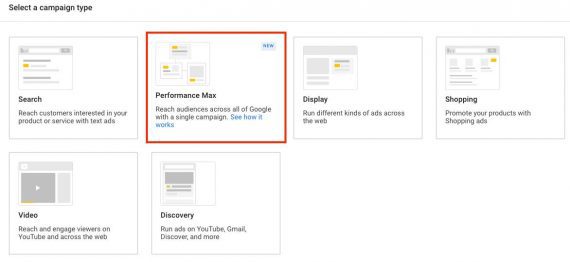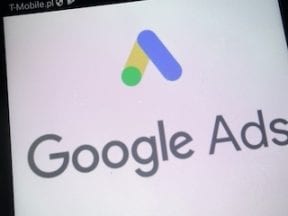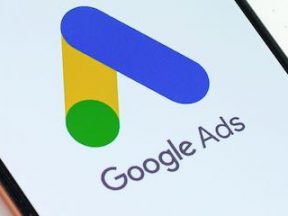Performance Max campaigns were a primary focus of Google’s Marketing Livestream event last year. Now available to all advertisers, Performance Max shows ads across the Google Search and Display networks via a single campaign.
Submitting a product feed, image and text assets, and audience signals enables ads across Google’s inventory. Machine learning models then optimize bids for advertisers’ goals.
Performance Max Setup
The first step is creating a campaign and choosing the “Performance Max” option.
Then enter a budget and a conversion goal — volume or value — for the bid strategy. You cannot bid manually with this campaign type. You can optionally set up a target cost per acquisition (CPA) or return on ad spend (ROAS). You’ll also choose the conversions to optimize, such as sales, leads, or phone calls.
Next comes the campaign settings, including location targets and ad schedule. Hidden in the settings is “Final URL expansion.” This option, which is active by default, sends traffic to your most relevant URLs. The fine print states that Google can replace your landing page with a more relevant one based on searchers’ intent. The option is good in theory and similar to Dynamic Search Ads. It allows URL exclusions, too. However, I typically turn the option off because I want users to go to the URLs of my choosing.
After completing the settings, create your first asset group, which contains Merchant Center listings, ad assets, and an audience signal. You can target all products in your Merchant Center or a subset. For example, you could target a particular product type in the asset group so only select products show. Note that Performance Max has priority over Shopping campaigns. Test a subset of your product feed before adding all products.
Next, submit your ad assets, including:
- Final URL (which can dynamically change with “Final URL expansion”),
- Up to 15 images,
- Up to five logos,
- Up to five videos (optional),
- Up to five 30-character headlines,
- Up to five 90-character headlines,
- One 60-character short description,
- Up to four 90-character descriptions,
- A call to action from a predefined menu,
- The business name.
Google will test all combinations to determine the best-performing ads based on the campaign goal. Like Responsive Search and Display ads, submit as many assets as possible to drive performance.
Creating the audience signal is the last step of the asset group setup. Adding an audience signal is optional, but it’s a good idea in my experience as it provides Google a starting point. The signal can be one or more of your audiences, such as:
- Custom segments,
- First-party data (email subscribers),
- Interests,
- Demographics,
The final step before publishing the campaign is to add extensions, such as sitelinks, callouts, and structured snippets. Adding extensions is standard with any search campaign.
Reporting
As enticing as Performance Max campaigns are, the reporting and subsequent optimization opportunities are weak. The first drawback is reviewing network and platform performance. Ads can run on YouTube, Gmail, Google Discover, and more, but we can’t see the data for each channel. Google decides where the ads show as “cross-network.” Thus advertisers cannot view data for, say, Gmail and increase or decrease bids based on performance.
The same problem applies to assets. Advertisers see only aggregate asset data. Our assets may have generated 20 total conversions, but we don’t know which are responsible. Moreover, Google shows the top asset combinations without data, which is equally frustrating and helpful. We could see the top five image combinations, but we wouldn’t know, for example, if one of the five accounted for 90% of conversions.
The most beneficial reporting is in the asset view. Google designates “Low,” “Good,” and “Best” performance for each asset. A headline of “Over 4,000 Five Star Reviews” could receive a Best while an image could be Poor. Unfortunately, Google does not define the performance levels of the three categories.
Despite the lack of transparency, it’s worth testing Performance Max campaigns. Google continues to emphasize automation and machine learning. Performance Max campaigns are the next iteration.






